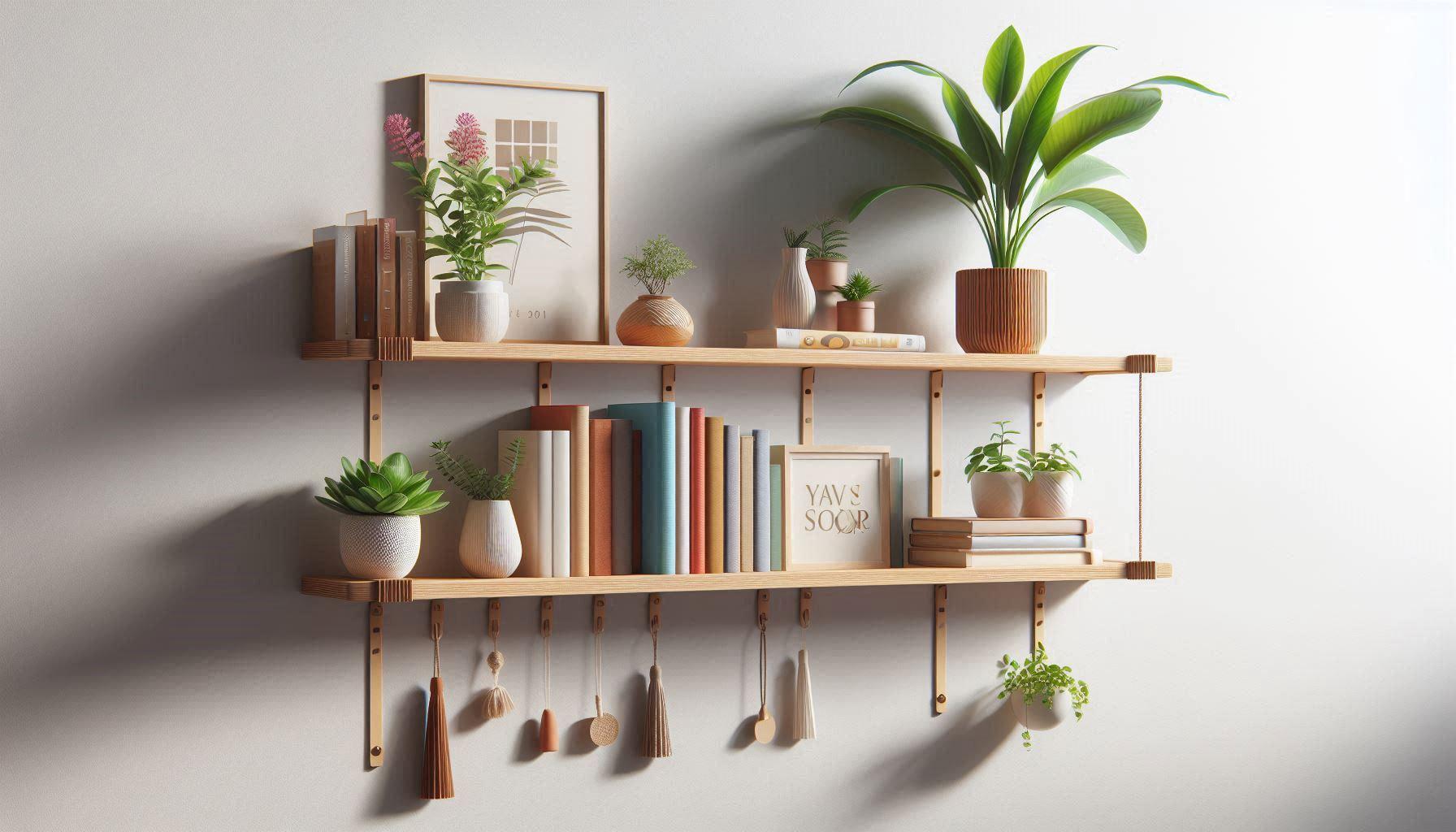When it comes to decorating your home or office, wall-mounted items can enhance the space’s functionality and aesthetics. However, not all walls have conveniently placed studs, and knowing how to hang items without a stud is essential for maintaining both the appearance and safety of your walls.
Defining Wall Types and Their Limitations
Different wall types have varying capacities for supporting weight. Common wall materials include drywall, plaster, and concrete, each with distinct characteristics:
- Drywall: Lightweight and easy to install, but requires proper anchors for heavy items.
- Plaster: Sturdier than drywall, but can be brittle and challenging to work with.
- Concrete: Extremely durable, but necessitates specialized tools and anchors.
Knowing your wall type helps in selecting the appropriate anchors and methods for hanging items securely.
Different Types of Wall Anchors
Wall anchors come in various types, each designed for specific weight ranges and wall materials. Common wall anchors include:
- Plastic Expansion Anchors: Ideal for light to medium loads (up to 20 lbs).
- Self-Drilling Anchors: Suitable for medium loads (up to 50 lbs).
- Toggle Bolts: Best for heavy loads (up to 100 lbs).
- Molly Bolts: Versatile and strong, suitable for medium to heavy loads.
Selecting the right anchor is crucial for ensuring your items stay securely mounted.
Weight Limits for Various Wall Anchors
Understanding the weight limits of different wall anchors helps prevent overloading and potential damage. Here’s a breakdown of typical weight capacities:
- Plastic Expansion Anchors: Up to 20 lbs.
- Self-Drilling Anchors: Up to 50 lbs.
- Toggle Bolts: Up to 100 lbs.
- Molly Bolts: Up to 50 lbs for light-duty, up to 100 lbs for heavy-duty.
Always check the manufacturer’s specifications for exact weight limits to ensure safety.
Step-by-Step Guide to Using Wall Anchors
Using wall anchors correctly ensures the longevity and security of your mounted items. Follow these steps for proper installation:
- Choose the Right Anchor: Select an anchor suitable for your wall type and the item’s weight.
- Mark the Spot: Use a pencil to mark the spot where you want to install the anchor.
- Drill a Pilot Hole: Drill a hole slightly smaller than the anchor’s diameter.
- Insert the Anchor: Push or screw the anchor into the hole until it’s flush with the wall.
- Attach the Item: Secure the item to the wall using the appropriate screws provided with the anchor.
Tips for Safely Hanging Heavy Items
For heavy items, additional precautions are necessary:
- Distribute Weight Evenly: Use multiple anchors to spread the load across the wall.
- Use Toggle Bolts for Maximum Security: Toggle bolts provide the strongest support for heavy items.
- Check for Electrical Wires and Plumbing: Use a stud finder with a wire detection feature to avoid damaging electrical wires or plumbing.
Common Mistakes to Avoid
Avoid these mistakes to ensure your items remain securely attached to the wall:
- Using the Wrong Anchor Type: Not all anchors are suitable for every wall type and weight.
- Overloading Anchors: Exceeding the weight limit can cause anchors to fail.
- Improper Installation: Ensure anchors are installed correctly, following the manufacturer’s instructions.
Maintaining Wall Integrity
Regularly check your mounted items to ensure they remain secure. Look for signs of loosening or damage to the wall, and address any issues promptly to prevent accidents.
Professional Help and When to Seek It?
If you’re unsure about the weight limits or the installation process, seeking professional help can save time and prevent damage. Professionals have the tools and expertise to handle complex installations safely.
Conclusion
Hanging items on walls without a stud can be done safely with the right knowledge and tools. By understanding wall types, selecting appropriate anchors, and following proper installation techniques, you can securely mount your items without compromising wall integrity.



